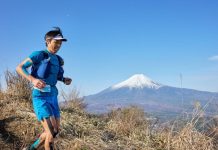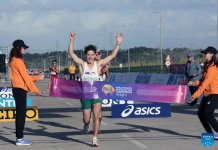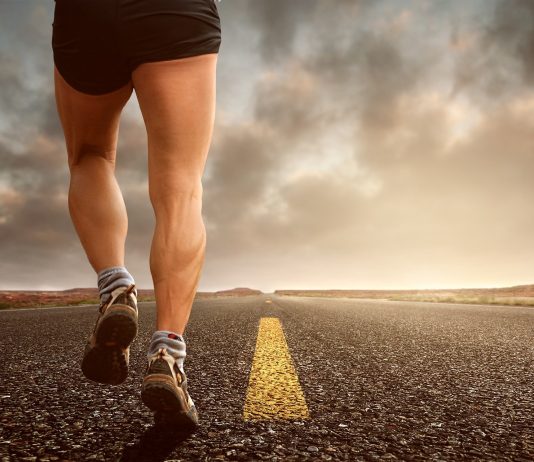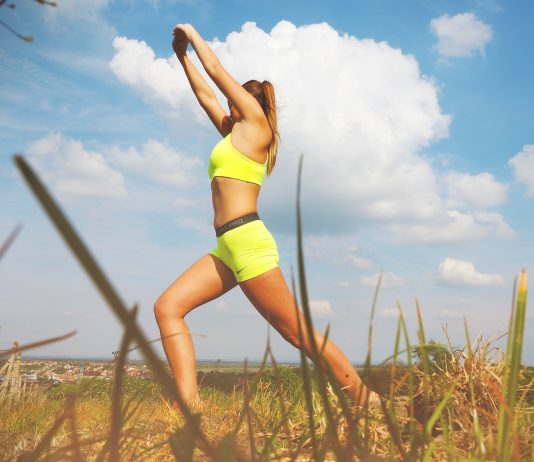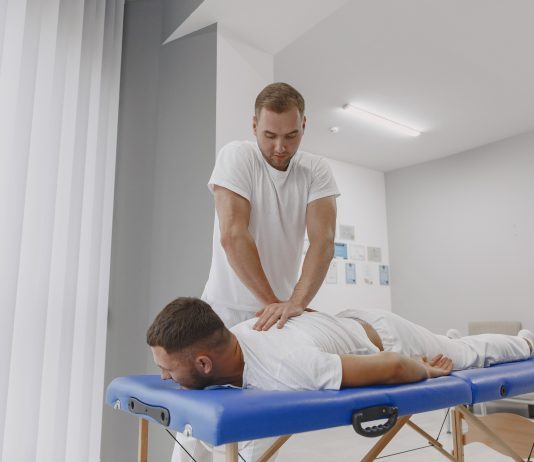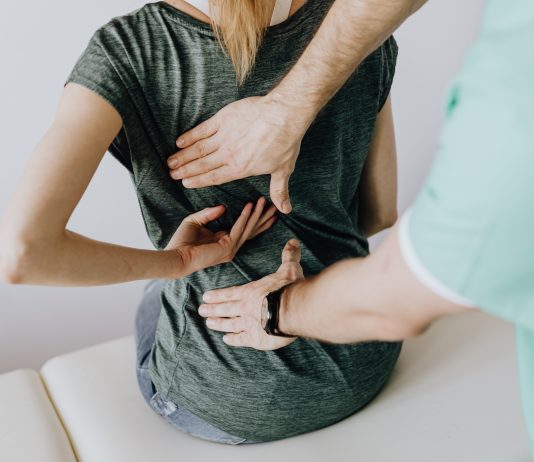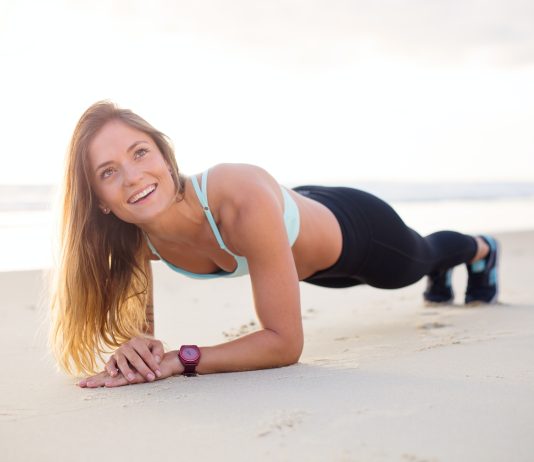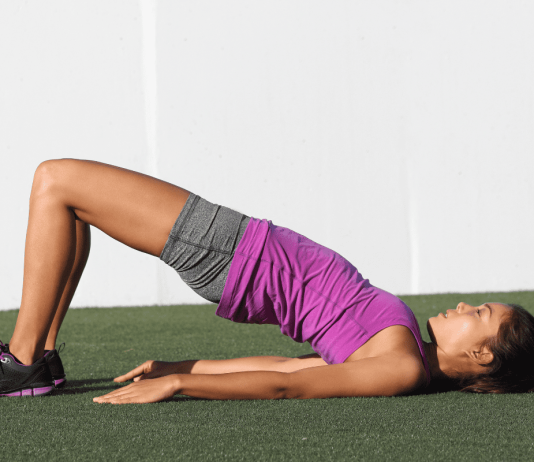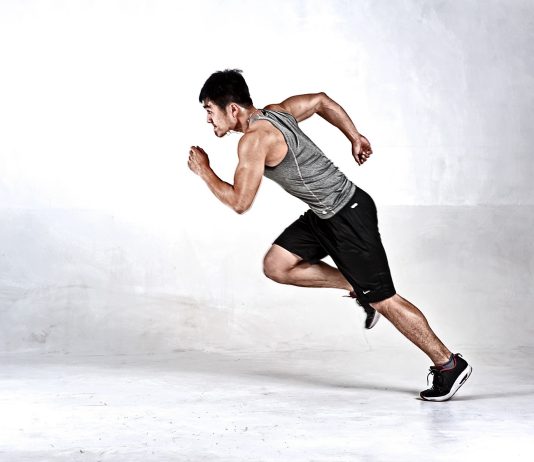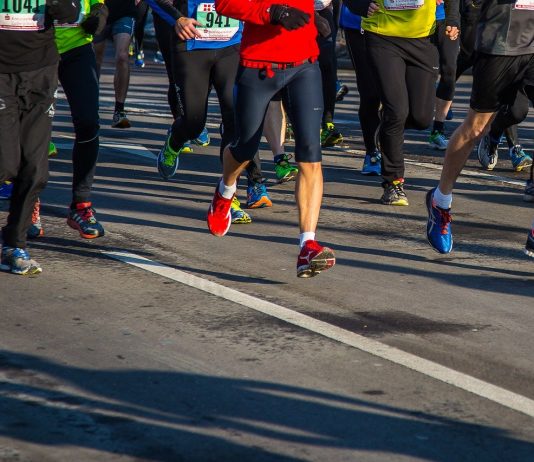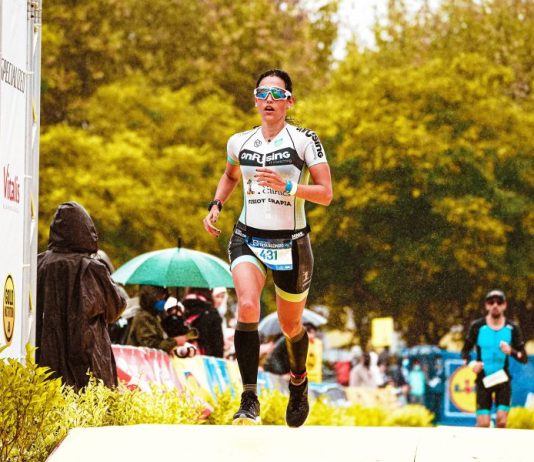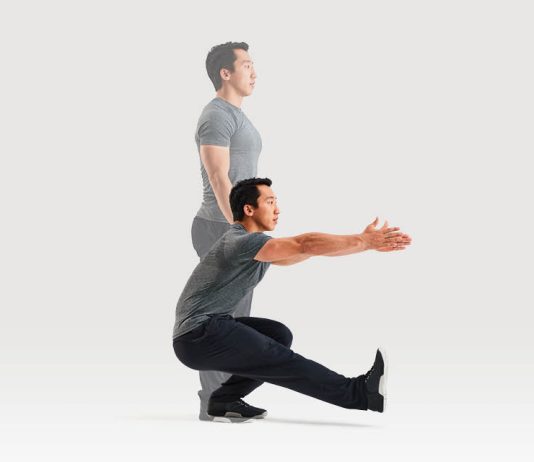Incorporate These Exercises into Your Routine for Better Running Form and Technique
Runnerstribe Admin -
To improve running ability, simply running farther or faster is not enough. Developing proper form and technique through dedicated training is important. Start by setting a consistent workout schedule and incorporating specific techniques like uphill running and track workouts to build endurance and speed. With hard work and dedication, improvement as a runner is always possible.
Stretching before a run has many advantages. After a run, stretching helps to enhance blood flow, which promotes muscle recovery and regeneration. By helping to remove waste and lactic acid, this therapy lowers pain in the muscles and joints. Stretching also improves the flexibility of the main running muscles, which can help to increase range of motion and reduce the possibility of overuse and muscular strain issues. To help the body get even more prepared for the next physical activity, lower the chance of muscular strain, and improve running performance, dynamic stretching is advised as part of the pre-run warm-up.
Are you feeling inundated with the abundance of massage therapists and spas in your locality? The task of finding the perfect massage can be daunting, especially for runners seeking relief from post-run aches. With numerous options offering different massage types, durations, and intensities, athletes often find themselves in a quandary about which technique will effectively alleviate their discomfort.
Living with chronic pain can be an incredibly challenging and debilitating experience, affecting both physical and emotional well-being. The lower back, also known as the lumbar region, is a common source of discomfort for many individuals and often leads to missed workdays. Surprisingly, lower back pain ranks among the most prevalent causes of absenteeism in the United States.
In our hectic lives, it is all too easy to overlook the significance of nurturing and fortifying our lower back muscles. Neglecting these essential muscles can result in weakness over time, rendering us vulnerable to pain and potential injuries. The erector spinae, the group of muscles in the lower back, plays a pivotal role in supporting the spine and facilitating movements such as bending forward and lifting objects. By actively engaging and strengthening these muscles, we can mitigate discomfort and elevate our overall well-being.
Strengthening Your Glutes: Unlocking Your Running Potential and Preventing Injuries
Runnerstribe Admin -
It's a common refrain for runners: strengthening the gluteal muscles is crucial, especially when seeking guidance from physiotherapists during injury recovery. But have you ever wondered about the true significance of the glutes during running? And can exercises like glute bridges actually make a difference?
Calf weakness is a common hurdle encountered by runners, often resulting in discomfort and potential injuries in the foot and lower leg. When assessing a runner's gait mechanics, one noticeable manifestation is the excessive forward movement of the knee beyond the toe during mid-stance, referred to as increased anterior tibial translation. Although there are several contributing factors to this issue, our primary focus today revolves around the significant impact of calf weakness.
Flexibility plays a fundamental role in the running journey, exerting a significant influence on various aspects such as posture, running mechanics, and susceptibility to injuries and pain. These five simple yet effective moves require only a few minutes but have the potential to spare individuals from enduring weeks on the sidelines due to injuries.
Compression garments have surged in popularity over the past decades, especially among runners. While many athletes swear by their effectiveness, the scientific community has sought to uncover the truth. In a recent comprehensive analysis of 183 studies, researchers have provided valuable insights, suggesting that while compression gear may not live up to all claims, it carries minimal risks.
The single-leg squat, often referred to as the pistol squat, is an extraordinary variety of the traditional squat that not only captures attention with its impressive appearance but also provides a plethora of advantages. By incorporating this advanced exercise into your fitness routine, you can elevate your balance, flexibility, and quadriceps strength while simultaneously protecting your knees from potential injuries.




